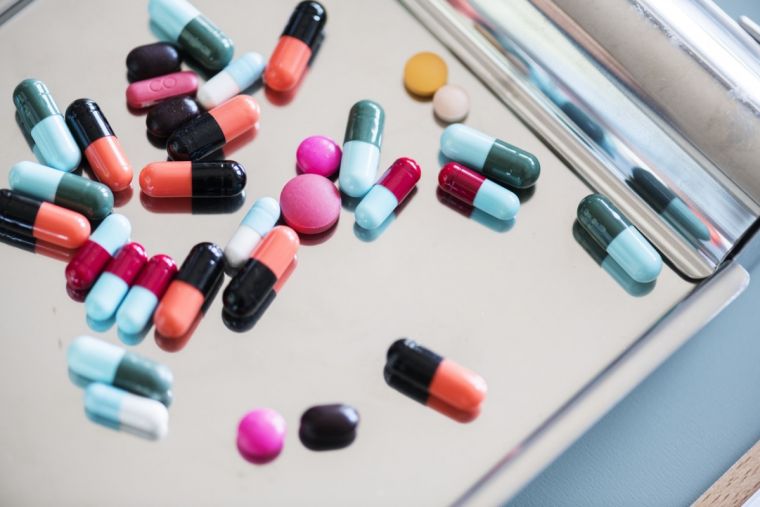Number of children addicted to anti-anxiety drug Xanax doubles

The number of children in England being treated for addiction to Xanax has doubled in the space of a year, according to new figures.
Public Health England said eight children were treated for the use of Xanax during 2016-17 but this figure rose significantly to 53 in 2017-18, the BBC reports.
The statistics showed that a total of 315 children needed treatment after taking benzodiazepines, a class of drugs commonly used to treat anxiety and insomnia, and which includes Xanax.
As Xanax is not available on the NHS, it can only be obtained in the UK by a private prescription.
Drug awareness charity Addaction warned earlier this year that the drug was being made popular through TV shows and movies.
It voiced concern that there appeared to be little awareness of the risks of overdose and dependency among both young people and adults.
Team Leader Nick Hickmott said: 'Anecdotally Xanax is being used in conjunction with alcohol and/or cannabis in what appears to be an attempt to reach a more sedated state although rarely is the desired effect achieved.
'The young people we've spoken to in Kent appear to have little or no knowledge of Benzos generally in terms of harm and this is reinforced by teachers and staff in school and pupil referral unit settings.'
He added: Therefore there is a need to act quickly and reinforce accurate education and messages to these vulnerable groups.'
A BBC investigation earlier this year found that the North East Ambulance Service alone had attended 240 call-outs in response to children between the ages of 11 and 18 abusing Xanax.
Nick Lind, deputy head of Redland Green School in Bristol, told the BBC at the time that it had become a trend among students, some of whom were taking it to cope with exam stress.
He believes that young people are mistakenly treating it as 'a safe alternative to illegal drugs' and that they are using the dark web to obtain it.
'Students are finding out that that's the drug that's available, they've seen other people using it. Sometimes it's mentioned, because it is an anti-depressant and an anti-anxiety drug,' he said.
'Because it's seen as a prescription drug and therefore not seen necessarily by some people as dangerous because it is prescription, they don't understand the risks. They think it's a safe way of getting into drugs.'











